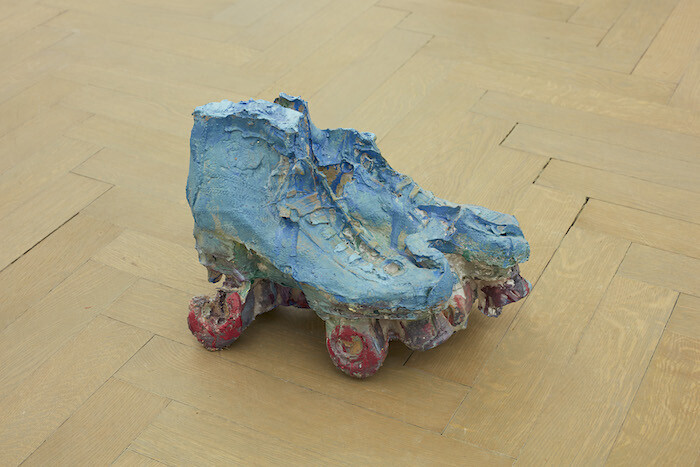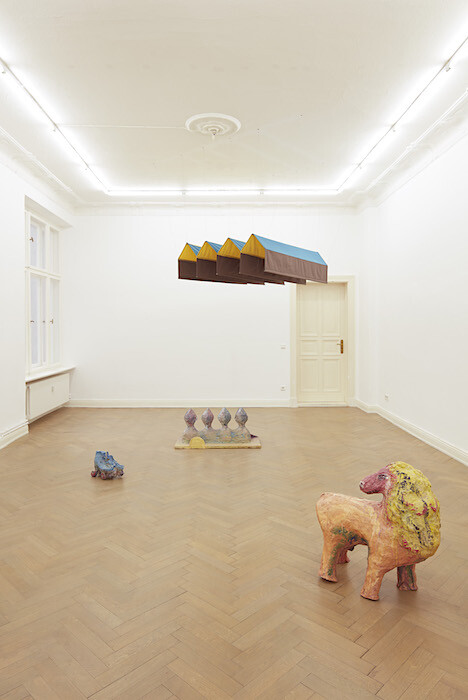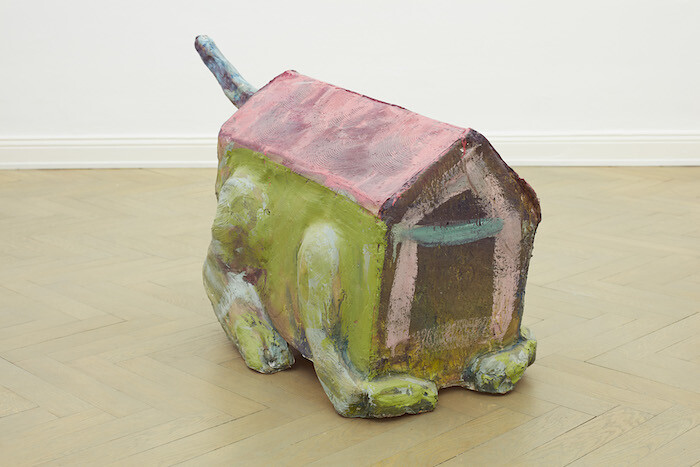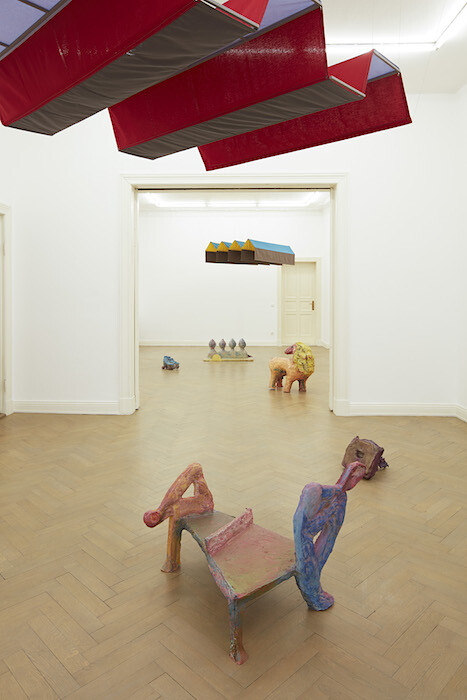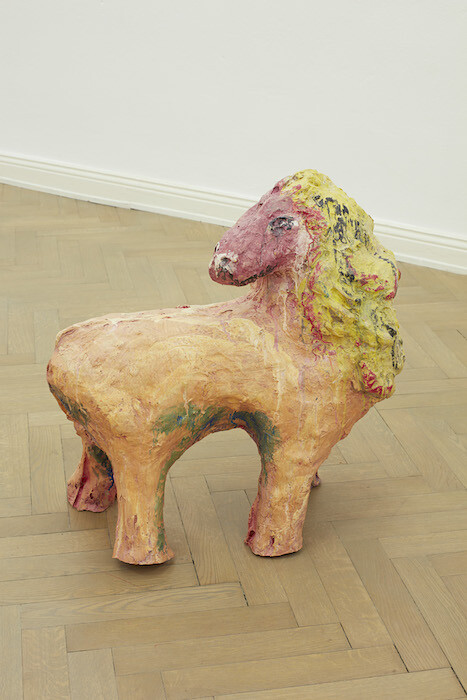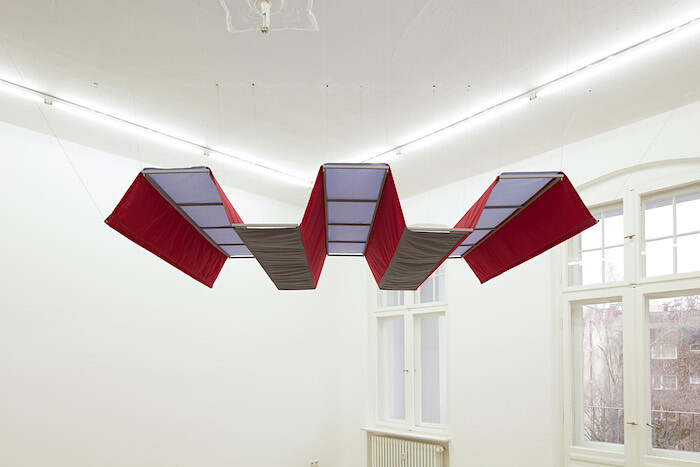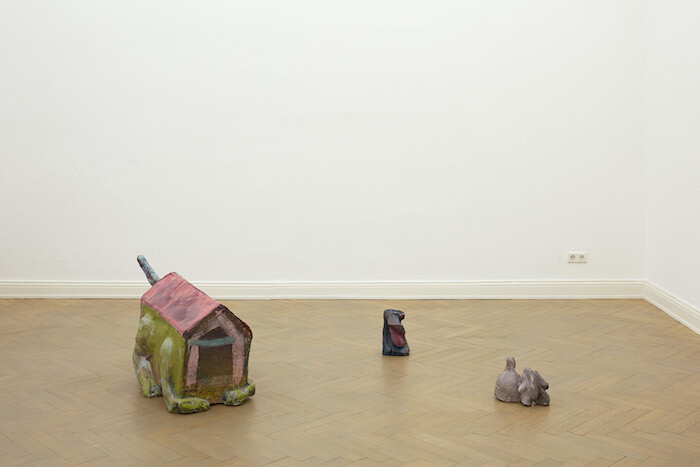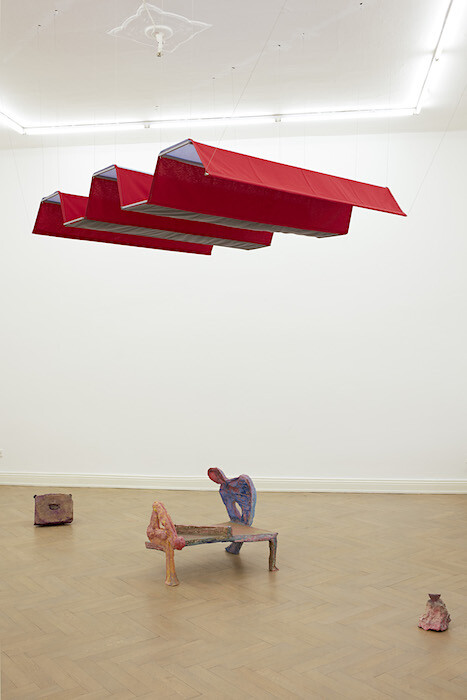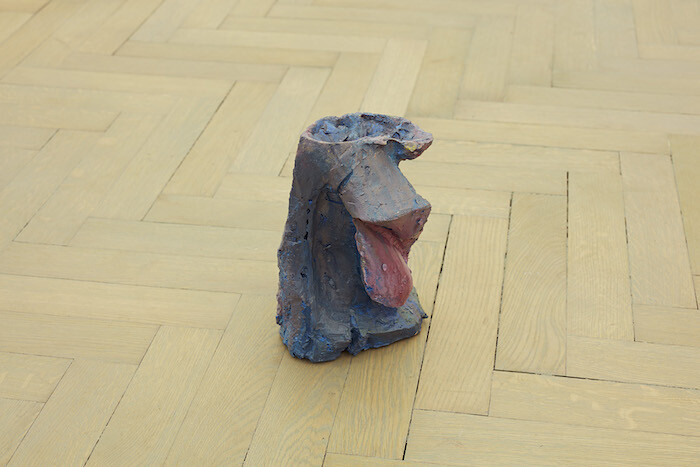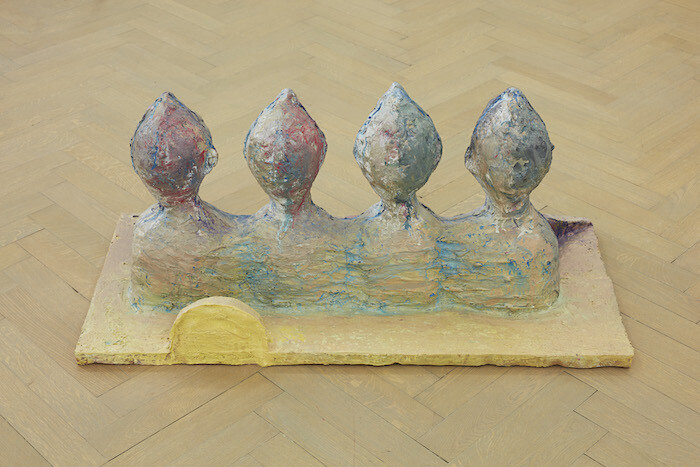When writing the now-famous entry for the word informe (formless) in the surrealist journal Documents, Georges Bataille started by saying that “a dictionary begins when it no longer gives the meanings of words, but their tasks.” “Formless” is a word tasked with declassifying (déclasser), which in French also connotes degrading or debasing. Whatever gets called formless “has no rights of whatever kind and can get squashed at any moment, like a spider or an earthworm.”1
Though Bataille had philosophical forms in mind—philosophy’s sole goal, he continued, is to dress in a formal frock coat everything that is—obsession with formal discipline extends beyond the philosophical register, to fields as diverse as visual art or biology. So much so that even formlessness has become a formal category. Amazon.com, for instance, presents Formless: A User’s Guide (1997) by Yve-Alain Bois and Rosalind Krauss—in which Bataille’s dictionary entry appears as an epigraph—as a “rich and compelling panorama of the formless”: a taxonomy of forms of formlessness, so to speak.
The work of Portuguese artist duo Musa paradisiaca (Eduardo Guerra and Miguel Ferrão) is closer to what Bataille originally intended by his definition. Formlessness, in their approach, is not category but a task—one could say form follows dysfunction, if you’ll pardon the pun—and the work of the informe is never done. For “Masters of Velocity,” Musa paradisiaca’s current exhibition at Dan Gunn, Berlin, the artists display several small casts of objects in the process of becoming murk, scattered across the gallery floor, like a decomposing cathode ray tube (Tv, 2016) or a pair of roller skates (Patins, [Roller Skates], 2016). “Masters of Velocity” is rich in hybrids and ontologically unstable forms. There is a doghouse sporting paws and a wagging tail (Casa-animal [Animal-house], 2016) and a lion-like horse called “horseman” (Chevalier, 2016). There are two table tennis players who also happen to be the tennis table’s legs and feet (Jogadores [Players], 2016) and a fruit that resembles an anthill (Fruto [Fruit], 2016).
Contrasting the petrified nature of these molting masses, the exhibition’s title connotes strength and speed. Overhanging the gallery rooms, Musa installed several suspended marquees, made of striped fabric. In their ancillary text, the artists recount their visit to a small aerodrome, where pilots learn to fly. As they watched the monoplanes, the flight instructor explained why airplanes fall from the sky: the “aeroplane wishes to become the ground,” and in order to counter that desire the pilot must “become the aeroplane.” Overhead another pilot, flying amid the turbulence of air currents, tried repeatedly to approach the landing strip, failing to land at each attempt. Whilst this battle of wills unfolded, the artists fantasized about seeing the pilot’s body turning from flesh into metal and glass—until he finally gave up and landed at another aerodrome. Mathematician Norbert Wiener observed a similar situation while working to optimize anti-aircraft warfare during World War II: pilots, trying to stabilize their machines while evading enemy fire and the sweep of searchlights, would probably feel the airplane has volition, as if it were inhabited by a gremlin.2 Wiener’s conclusion was twofold: “Our consciousness of will in another person,” he argued, “is just that sense of encountering a self-maintaining mechanism aiding or opposing our actions.”3 And, cybernetically speaking, the nervous system and automatic machinery are fundamentally alike. But whether organic or mechanic every system devolves toward a state of maximum entropy (the thermodynamic term for the Freudian death-drive): much like the airplane has an urge to crash into the ground, “the stable state of a living organism is to be dead.”4
Though Freud’s Trieb is often mistranslated as “instinct,” the German term is closer to “drive,” a queer force that counters the organism’s instincts or that labors to denature it. It is no coincidence that Wiener, equivocating the universe of physics with that of aesthetics, would come to identify “entropy” and “formlessness,” referring to the avant-garde as a “Niagara of increasing entropy.”5 From this perspective, any transmutation is an ontological defilement: the dissolution of form is codified as a downward motion, towards death and degeneracy.
But the transgression of formal boundaries could also be seen as an emancipatory project—politically as well as aesthetically. Since high modernism, and by extension contemporary art, have been mostly purged of mutant morphologies, in order to find an obvious precedent for the work of Musa paradisiaca, one would have to look into clay animation and the conventions of plasticity it champions. Here distortion signals a surplus rather than a lack. Not confined to actual physicality, the pastel-colored blobs in the gallery also have the haunting quality of folk tales figures, in which household appliances and familiar objects typically represent social forces made into human-like form.
Though perhaps just a coincidence, it’s nonetheless serendipitous that Musa × paradisiaca is the somewhat curious moniker for the hybrid from which most edible banana species stem. Linnaeus, the “father of modern taxonomy,” had originally classified bananas into two species: Musa paradisiaca for plantains (cooking bananas) and Musa sapientum for dessert bananas. It later turned out that both “species” Linnaeus identified were hybrids, produced by crossbreeding, thus not “true” species at all. Faithful to its name, and unconcerned with the truth of being, the universe of Musa paradisiaca is populated by concocted substances and partial figures, volitional matter, and provisional forms.
Georges Bataille, “Informe,” Documents no. 7 (December 1929): 382. Reprinted in Georges Bataille, Oeuvres Complètes I (Paris: Gallimard, 1970), author’s own translation.
During World War II Norbert Wiener, along with engineer Julian Bigelow, worked to develop the Anti-Aircraft Predictor, a machine meant to anticipate the trajectory of enemy planes.
Quoted in Peter Galison, “The Ontology of the Enemy: Norbert Wiener and the Cybernetic Vision,” Critical Inquiry vol. 21, no. 1 (Autumn 1994): 228‒266.
Norbert Wiener, Cybernetics: or Control and Communication in the Animal and the Machine (Cambridge: MIT Press, 1961), 58.
Norbert Wiener, The Human Use of Human Beings (Boston: Da Capo Press, 1954), 134.

